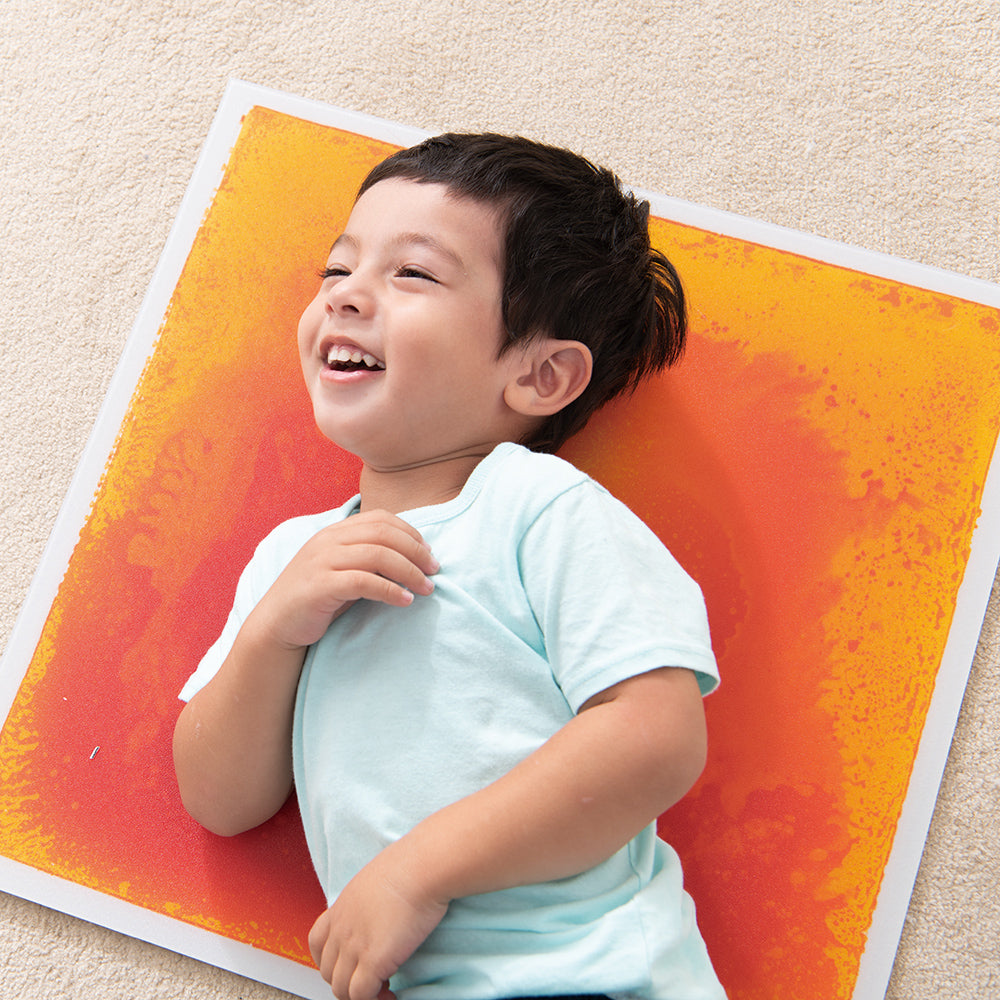Jun 28 , 2023
How to declutter toys the Montessori way!
Bring every toy into one room:
This first action is crucial. You may see how many toys you have accumulated by bringing all of the toys you have around the house (including the ones that are out of use and in your storage area). A wake-up call, often!
If it seems too overwhelming, consider gathering the toys by category, such as all the toys for babies, all the children's books (yes, I include them in the toy category), all the building toys, etc. Next, sort each group separately.
Discard:
Even if the process is just getting started, you might be able to remove a lot of material and drastically reduce the pile:
Naturally, some of those toys can be given to charity.
- Smashed toys
- Unfinished toys
- Character toys or too fantastical themes
- Playthings that incite violence
- Gadgets that run on batteries
- Toys that you were compelled to purchase
- Toxic toys (if unsure about their safety, throw them away)
- Too difficult or delicate to control
- Toys that are very stimulating (do too many things at once)
Keep:
- Favourite toys include those that kids sleep with, recall getting for their birthday, and so on.
- Open-ended toys are not regarded as Montessori toys with a definite function, yet they are nonetheless incredibly valuable at home! Keep boxes, blocks, scarves, etc.
- Toys that promote outdoor recreation
- Arts and crafts supplies
- Toys that focus on one lesson at a time are, in essence, what you would call a Montessori toy or material.
- Keep the competitive games for once your child turns 6 years old, when they will be in the reasoning stage, and focus on toys and games that encourage collaboration.
- Toys that encourage imaginative play (which may not be character toys since those are fixed)
- Playthings that hone the five senses
- Books, of course, but books aren't toys (and this is a broad category, so you might want to further restrict it).
- More toys based on reality for children under 6
It makes logical to decrease each category to a manageable number, of course. Whether you home-educate your children or not, how much space you have, how many kids you have, etc. will all affect how many toys you need in each category.
I put some of my kids' toys in storage and limit their access to them when I see that they can't tidy up (they are in the second plane so more able to tidy up by themselves).
Rotate:
- A lot of the same thing
- Toys should be kept in storage for future development.
- Rotate based on the seasons.
- Rotate in line with preferences
- If you're not sure you want to keep the toy, put it away; if it's not missed after some time, throw it away.
Display:
- Display six to twelve toys, materials, or activities.
- It's not a strict law! Initially add little, then more.
- For newborns and toddlers, place an incomplete puzzle or stacking toy next to a basket of incomplete pieces.
- For children aged 3 to 6, present the material in its finished form (and show them how to complete the exercise).
- The toys must not be hidden away in a toy box. Consider shelving, the coffee table's top, and floor mats.
- Sets should be divided into manageable portions (half a train set, half a duplo set, etc.).
Last tips:
- There's no need to throw away all of your plastic toys
- Not everything needs to be replaced with wooden or natural alternatives.
- Start with what you already have
- Homemade and DIY solutions work!
- It is not necessarily Montessori-friendly or aligned just because it says "Montessori."
- For toys and everyday items that you can utilise in a Montessori fashion, look around thrift and charity stores.
- Containers, shoe box lids, and vegetable baskets can all be used as trays and baskets.
- Avoid becoming fixated on the shelfie!
- Set up activities depending on your child's observations and behaviour!

